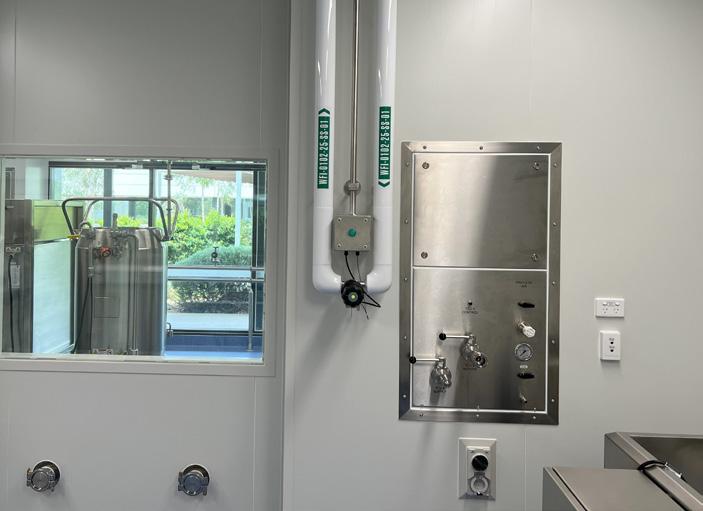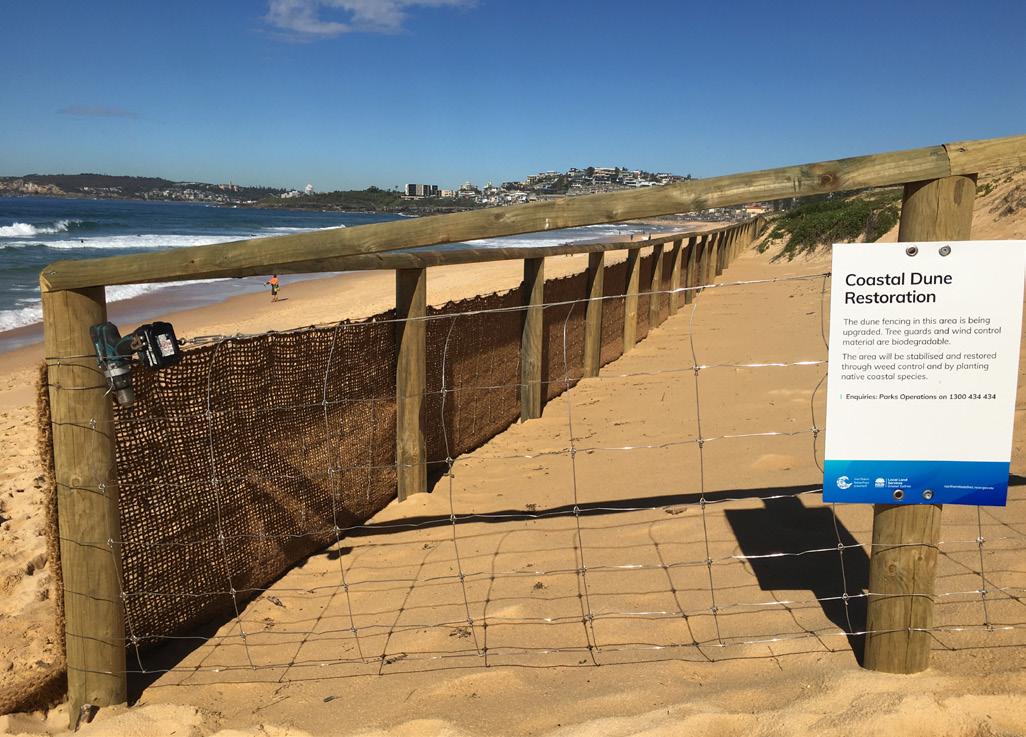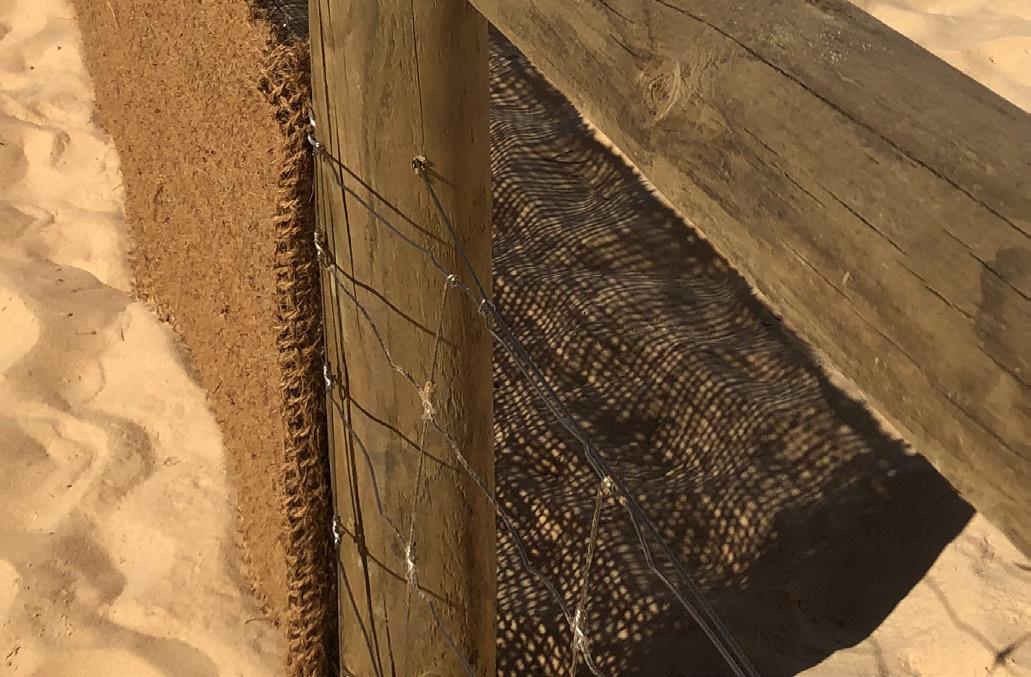




In 2022, a remarkable chapter in Australia’s biotechnology research unfolded with the opening of the CSIRO National Vaccine and Therapeutics Lab in Clayton, Victoria. This state-of-the-art facility has been designed to play a pivotal role in the research and development of vaccines and drug treatments, ultimately contributing to Australia’s innovative potential in the life sciences sector. At the heart of this ground-breaking lab, stainless steel has emerged as a critical component, ensuring the facility’s functionality, quality, and safety.
The facility’s primary objective is to transform vaccine and drug candidates into products that can be manufactured onshore in substantial quantities for clinical trials. It enables the development and production of a variety of clinical-grade biologicals, including recombinant proteins and peptides, and viral products under good manufacturing practice (GMP) regulations.
One of the essential contributors to the facility’s successful construction is ASSDA Member Pure Piping. Pure Piping was engaged to deliver three critical work packages, which included the procurement, fabrication, delivery, testing, documentation, and handover of various systems:
1. Critical Piping Package:
Water for injection distribution, instrument air distribution, pure steam distribution, temperature control units, nitrogen gas supply and distribution (including gas manifold), waste collection (including treatment tank package), carbon dioxide gas supply and distribution (including gas manifold), waste transfer, oxygen gas supply and distribution (including gas manifold), plant steam, process air distribution, and the installation of 18 clean room general service outlet panels. These systems are vital for maintaining the lab’s stringent quality standards.

2. Water for Injection Tank Package:
Pure Piping was also responsible for the tank’s design and supply, a crucial element in vaccine and therapeutic production. To ensure the highest standards of quality and compliance, ASSDA Member and Accredited Fabricator Furphy Engineering was engaged to design, manufacture and test the 500L vessel to AS120-2010 Pressure Vessels and other pharmaceutical design and specification requirements as outlined by Pure Piping and its team of consultants.

3. Mechanical for Process Package:
Process cooling water (including the purchase and installation of the chiller), plant steam (including the purchase and installation of the plant steam boiler), compressed air (including the purchase of two compressors and an air receiver), the installation of principal-supplied specialist equipment and the supply and installation of a drying cabinet. These systems are essential for the lab’s day-to-day operations.

The role of stainless steel
Stainless steel played a central role in ensuring the quality and safety of the new CSIRO facility. The production of clinical-grade biologicals requires stringent processes and performance demands in the equipment delivered. Stainless steel offers strong resistance to corrosive chemicals and can withstand high temperatures, high pressures, as well as aggressive cleaning and sterilisation regimes.
The project utilised a substantial amount of stainless steel, including:
• 1,182m of 316/316L grade colddrawn seamless pharmaceutical tube specified to ASTM A269 Standard specification for seamless and welded austenitic stainless steel tubing for general service. Internal surface finish to ASME BPE SF4, i.e. max of 0.38µm Ra by mechanical polish followed by electropolishing.
• 1,051 fittings in 316L grade in accordance with AS1528 Stainless steel tubes and tube fittings for food processing and hygienic applications
• 18 general service outlet panels.
• 730 items of stainless steel equipment, valves, and instruments.
The food-grade stainless steel tube and fittings for the project were supplied by ASSDA Member Prochem Pipeline Products.
The lab’s gas services underwent rigorous testing to ensure cleanliness and containment. High-purity nitrogen was employed for pressure testing, and the compressed air supply was tested for particles to 0.1µm of a micron to determine the purity classes as specified in ISO 8573-1: Compressed Air. Moisture testing of the compressed air was also performed to ISO 8573-4 to confirm a dew point less than 3o C. Orbital welding techniques were used to meet the high-quality weld requirements of bioprocessing equipment and deliver superior corrosion resistance. All welds were meticulously logged and documented, and all materials were clearly identified and certified with 3.1 material certificates.
Funded by the federal and Victorian governments along with its industry partners, the CSIRO National Vaccine and Therapeutics Lab is a major boost to Australian research capacity and advanced manufacturing in biotechnology. It bolsters sovereign capability in vaccine and therapeutics development, enabling companies to produce these vital products onshore. Stainless steel’s role in the project exemplifies the criticality of advanced materials and precision engineering in advancing biotechnology research. This facility stands as a testament to Australia’s commitment to innovation and scientific process, paving the way for ground-breaking discoveries in the biomedical sector on a global scale.
Stainless steel offers strong resistance to corrosive chemicals and can withstand high temperatures, high pressures, aggressive cleaning and sterilisation regimes




Minimising mining (primary production) and maximising recycling (secondary production) are core principles of sustainable resource management. Consequently, there is an increasing interest in quantifying the material life cycle of stainless steels and their efficiencies from production to fabrication, manufacturing, use, recycling and, in some cases, disposal.
In 2006, Team Stainless and Yale University started the first project to quantify stainless steel stocks and flow cycles. In 2022, the Karlsruhe Institute of Technology made a more detailed analysis of 2019 data covering 50 countries, territories, and regions.
Stainless steels: A sustainable solution for more than a century
Stainless steels are produced in various grades and support many essential applications in our modern world from transportation, buildings, bridges, water pipes and industrial processes to medical uses, food processing and preparation. They are often selected as the sustainable material of choice for a myriad of domestic and industrial applications because of their recyclability, strength, toughness, durability, hygienic properties, and resistance to corrosion, heat, cold and blasts.
In 2019, global stainless steel meltshop production was 52.2 million tonnes, with more than half being produced in China (29.4 million tonnes). Use in fabrication was estimated to be 43 million tonnes, 46% of which was in China.
This Sankey diagram (below) shows the life cycle of stainless steel from input of raw materials through steelmaking to fabrication of items in various end-use sectors. It also shows the flow of stainless steel scrap to make new stainless steel or carbon steel. (2019 data)
End use refers to the final products where stainless steels are used.
Stainless steels are used by many sectors, in many countries and in a multitude of end-use products, remaining in use for a few years to many decades.
The global stainless steel volumes currently in use, by end-use sectors, e.g., exhaust systems in cars or cutlery in metal goods. This stainless steel will be returned as scrap at the end of the products’ life.

The global stainless steel end-of-life volumes collected, processed and available for recycling. Scrap is melted and transformed into new sustainable stainless steel products which can in turn be recycled at the end of their life.
Recycling is highly beneficial, economically and environmentally. The high value of stainless steel scrap makes it worth collecting and sorting, and is the reason why it is recycled at such a high rate. Reusing its valuable alloying elements reduces cost, resource depletion, environmental impacts and energy use. The high end-of-life recycling rate indicates how efficiently stainless steel is recycled from end-of-life products.
In principle, and as long as product design and recycling technologies allow, stainless steels can be recycled infinitely. Scrap is a secondary raw material arising from the product manufacturing processes as well as from finished products at the end of their life.
The global recycled content of stainless steel, known as scrap ratio, is 48%. This global figure is influenced by the regional and country ratios below.
Scrap ratios vary according to the stainless steel production process and range from the electric arc furnace route with high scrap ratios to the blast furnace route with lower ratios. Also relevant is the maturity of a market. In mature markets e.g., Europe, the USA or Japan, a high availability of scrap can be found because stainless steel products were already manufactured many decades ago and are now at the end of their lifetime. They are now returning to the market as stainless scrap, a very valuable raw material. In less mature markets such as China where largescale production began only 15 years ago, the end-of-life of stainless steel products has only just begun. Accordingly, scrap availability is limited in less mature markets and other production processes that use less scrap have to be employed to meet consumer demand.

ASSDA Member Stainless Steel Wire & Mesh has played a pivotal role in delivering a stainless steel coastal fencing solution that has now become the gold standard in ecological management and restoration efforts.
Situated in the Northern Beaches of New South Wales, Curl Curl Beach faces the full force of several coastal conditions, enduring relentless assaults from strong winds, salt movements, extreme temperatures, pollution, and high humidity. This region is classified as a corrosive category C5, however the location which is adjacent to the beach has been classified as CX under AS 4312: 2019 Atmospheric corrosive zones, Figure 2.1 (Newcastle region). This beach demands infrastructure that can withstand nature’s harshest elements.
Australian coastal environments present formidable challenges for infrastructure due to their exposure to corrosive, abrasive, and humid conditions. Recognising these challenges, the Northern Beaches Council engaged Toolijooa Environment Restoration with the critical task of designing and installing a 450m coastal fence on Curl Curl Beach. The objectives were clear:
• A minimum 15-year lifespan without replacement
• Minimal maintenance in the initial five years
• Mitigation of sand movements within the dune systems
• Restriction of access to both dogs and people.
Stainless steel emerged as the material of choice for this demanding application, showcasing its superior tensile strength, corrosion resistance, and unparalleled longevity. In comparison to surface-treated galvanised steel products, stainless steel offers extended asset life and lower maintenance requirements, reducing inspection frequency and overall costs. See the table below for a detailed comparison.
Degradation rate and asset life by material/coating in extreme corrosion zones (CX)*

Reference:
*Corrosivity
**
#




Stainless Steel Wire & Mesh, an innovator in converting galvanised wire applications to stainless steel, supplied its ‘Strong Lock’ product in grade 316 to meet the stringent requirements of the 700mm high coastal fencing. Notably, the Northern Beaches Council has now adopted stainless steel as the default specification for their coastal fencing needs.
Adam Burrows, Special Projects Officer for the Northern Beaches Council, affirms the significance of choosing stainless steel: “Stainless Steel Strong Lock has been vital in our dune restoration works. Today, we aim to build structures that will outlast us and endure into the future, minimising works for future generations. Galvanised steel wire cannot guarantee this in windy, sandy, and high salt environments.”
Australian councils are increasingly recognising the importance of whole-of-life cost considerations in material specifications for extended life and minimal maintenance. In 2009, a whole-of-life cost comparison report was published by Griffith University and the Gold Coast City Council that investigated multiple scenarios from the perspective of what would represent the most cost-effective solution for structures in the foreshore zone with a design life greater than 19 years when comparing hot-dipped galvanised steel, paint systems, duplex systems using both HDG and paint, or stainless steel. The study revealed that stainless steel was the most viable option based on cost alone.
In the case of coastal fencing, stainless steel not only delivers improved financial performance but also enhances services and output.
Coastal fencing, often overlooked, plays a critical role in environmental conservation by facilitating dune restoration and protecting and rehabilitating local vegetation to enhance natural recovery. Stainless steel, with its unparalleled attributes, contributes significantly to maintaining and re-establishing a sustainable and diverse natural ecosystem. As this project exemplifies, stainless steel is not just a material, it’s a guardian of our coastal heritage and a promise for a resilient and enduring future.









GOLD MEMBERS:
Stanch
Stoddart
YC
AUSTRALIAN STAINLESS MAGAZINE
MORE
:
Level 6, 200 Adelaide St, Brisbane Qld 4000 \ +61 7 3220 0722 \ assda@assda.asn.au \ assda.asn.au
EDITORIAL: Contributions of story ideas
ADVERTISING:
CONTACT: Lissel Pilcher, Editor: lissel@assda.asn.au
DISCLAIMER